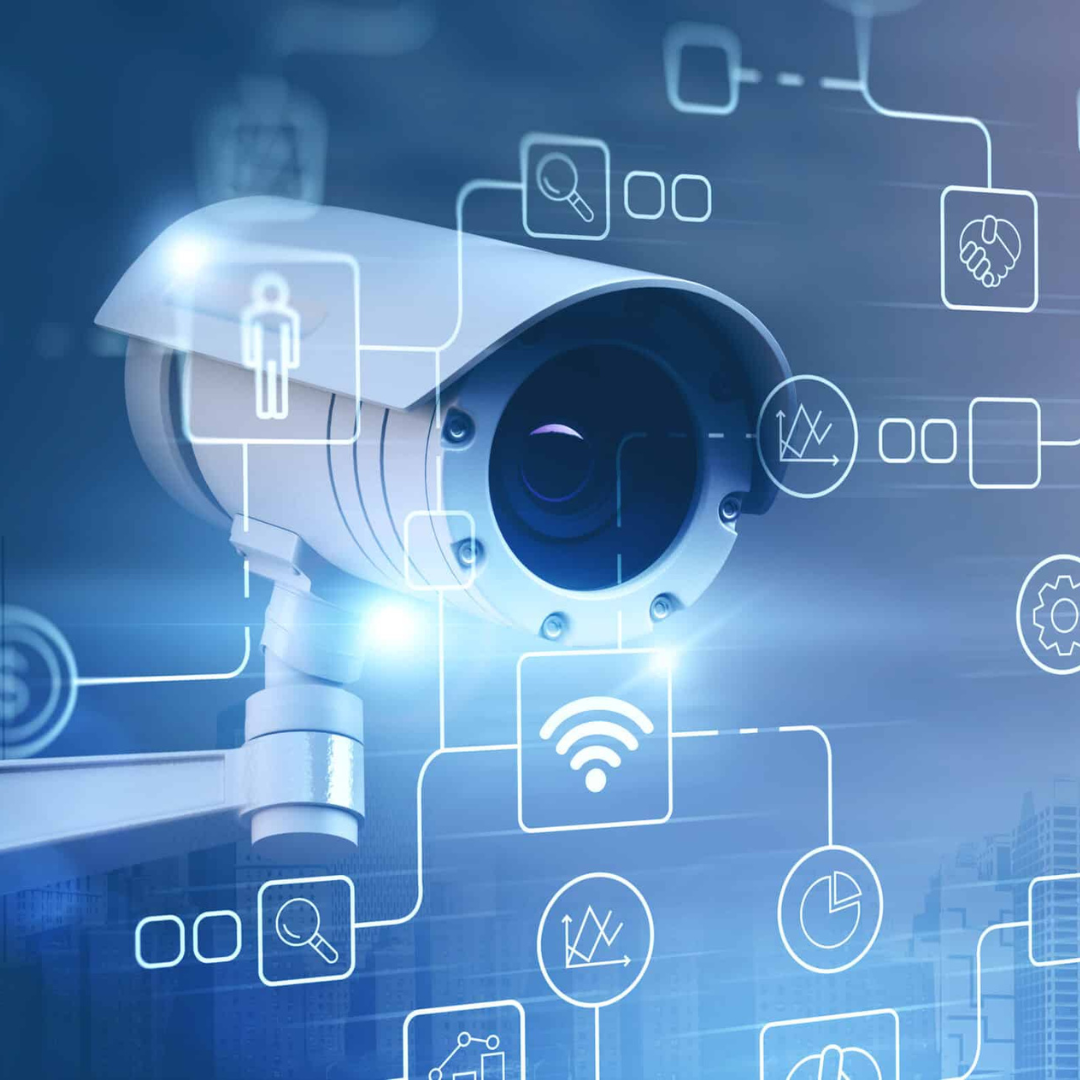How Does Access Control Protect Data?
2023-01-25 12:43:55

Around 86% of South African organisations have become victims of cyberattacks.
These days, almost all businesses and organisations handle data in some way. This data is often sensitive, and only those with authorisation to access it should be able to. By implementing data access control, an organisation can ensure that no unauthorised parties can access data they shouldn't be able to.
So what is data access control, and how can it protect data? Keep reading to find out.
What Is Access Control?
When managing data, it's important to establish authorised and unauthorised parties. Through data access control, your business can determine which employees, users, and third parties can access specific data. It also allows you to ensure that when they do this, it meets any privacy, security, and compliance requirements.
Regulations are generally set by official organisations and security best practices. Some common examples are GDPR, HIPAA, and NIST. Most organisations will place certain controls over the entities that have access.
The main purpose of an access control system is to ensure that an organisation and those within it don't breach any official regulations or the company's own policies. There's a wide range of considerations that determine access control, with the main ones being security, privacy, and compliance.
How Does Access Control Protect Data?
Access control enforces data security throughout an entire organisation. It ensures that data remains secure and protected, as only those who have authorisation will be able to access it. Not only does this protect your business, but it can also protect your employees and customers.
Main Types of Access Control
Data access control has three main categories. These determine who can access the data and why.
Role-Based Access Control
For this type, data can be accessed by any party that has the appropriate role. A typical role would be that of an "administrator", as they may need to access certain management functions. Someone with this type of role will generally be able to access functions but not data.
Role-based access control is a popular choice as it allows businesses to control access based on their own role structures. On the downside, depending on the role structure in question, it might not be suited to this kind of setup. It can also cause issues if these roles change quite often.
Data-Centric Access Control
Sometimes also called content-centric access control, this is based on the type of data in question. An example of this could be sensitive information, which may be restricted so that it can only be accessed using a specific application.
This is useful because it's one of the easiest ways to meet data access requirements across entire systems and for all users. Setting this up, however, can be quite time-consuming. Your organisation will need to map out and classify all data so that the system can work properly.
Context-Centric Access Control
Context-centric access is all about the nature of access. An example of this would be restrictions on the amount of data that someone can access outside of business hours. This is a simple but effective way of reducing the risk of known threats.
The main disadvantage of this method comes from threat mapping. As all possible threats need to be mapped out your business can end up with gaps in its access control policies.
Authorised/Unauthorised Access
Access to data can be defined as authorised or unauthorised. Authorised access means the party involved has permission to access certain data, functions, or systems. This can be a user, an employee, a software component, or any other entity with access permissions.
Unauthorised access relates to any parties that don't have permission to access specific resources. While this is something that organisations aim to avoid, there are several examples of how it can happen.
Examples of Unauthorised Access
One of the most common examples of unauthorised access is when an individual uses someone else's credentials. They may then gain access to resources that they don't have permission to see themselves.
Sometimes unauthorised access can happen by accident. This may be when someone is using someone else's computer and accidentally comes across data they don't have permission to see. This usually doesn't result in any major problems but is still considered a data breach.
The most problematic type of unauthorised access is from a malicious party. Attackers may use malware to gain access to a system and steal data. This can result in significant financial losses and may cause various other problems for a business.
How Can You Protect Data From Unauthorised Access?
Preventing unauthorised access is crucial, and there are several ways you can do this. One of the most basic is through strong authentication. This will ensure every data transaction is linked to the authorised party that's making the transaction.
It's also important to patch and configure authorisation processes. Make sure these are enforced and that unauthorised parties can't bypass them.
It's generally not too difficult to maintain strong authentication in most major data platforms. There are some other elements, however, that aren't as simple:
- Understanding data types
- Maintaining permissions
- Keeping systems patched
- Maintaining proper configuration
It's worth taking the time to ensure your systems are secure and that only parties with permission can access the relevant resources.
Keeping Your Data Secure
Security and privacy are crucial whenever data is involved. You want to make sure your business has systems in place so that you can minimise the risk of unauthorised access or a data breach.
Daisy Business Solutions provides a range of access control solutions that can help you maintain efficient data access throughout your organisation. To find out more about how we can help your business, click here to contact us today.


